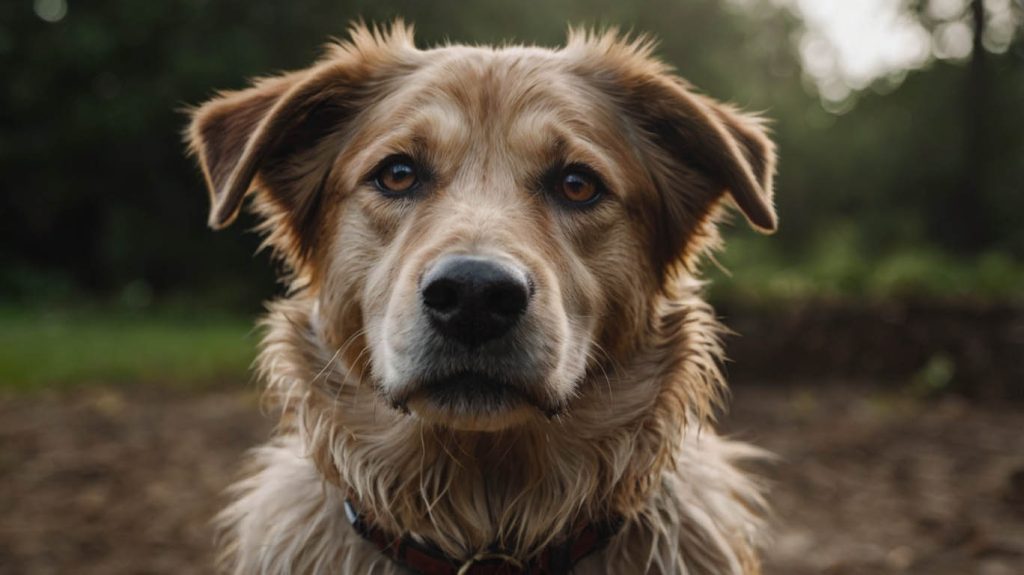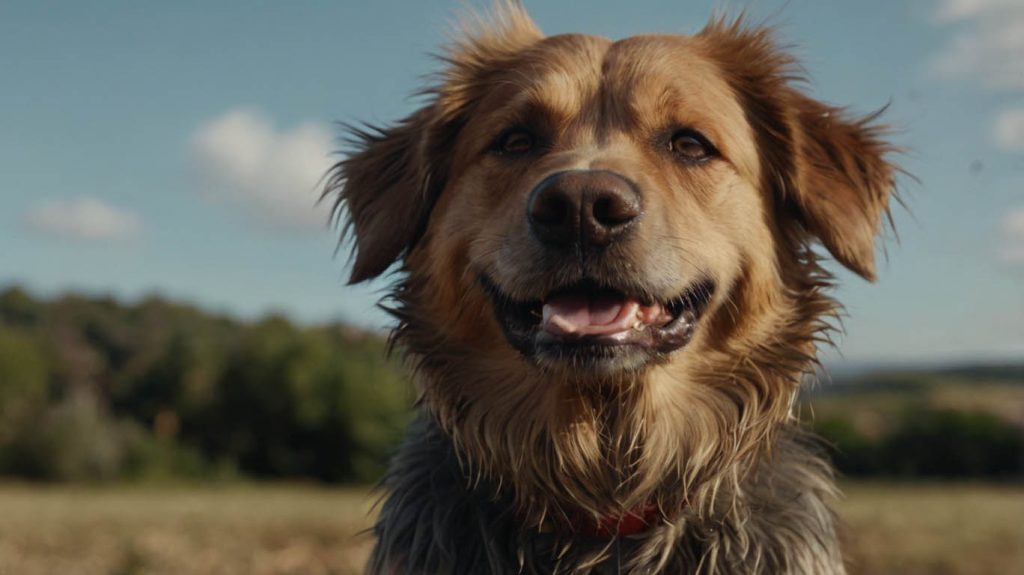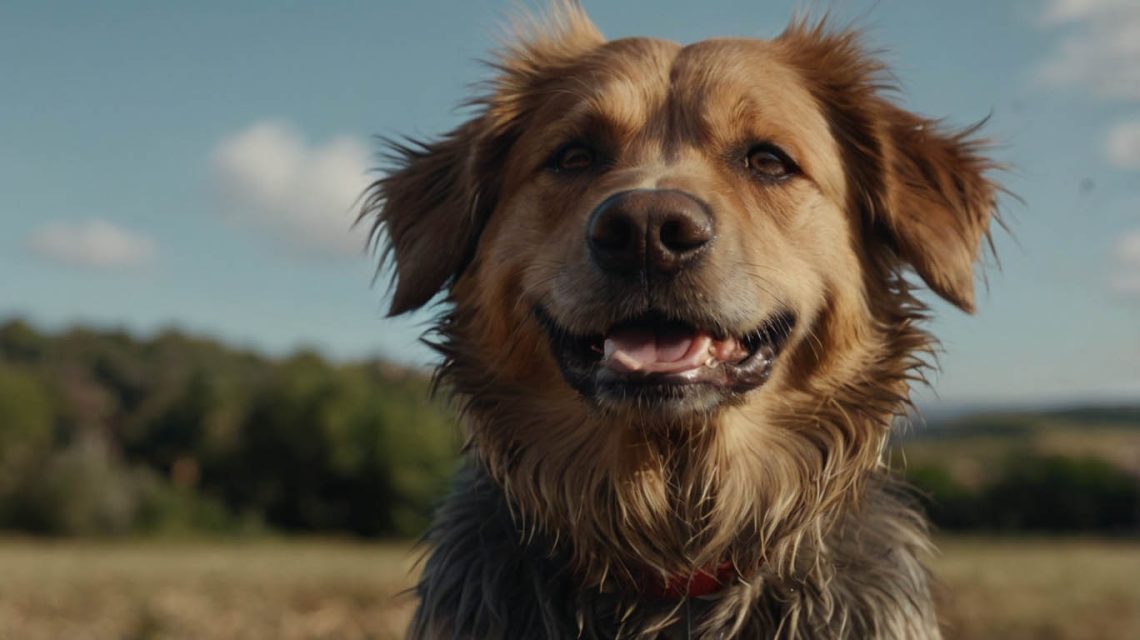How to Deal with Dog Shedding: The Ultimate Guide to a Cleaner Home
You love your dog more than anything, but you could do without the constant reminders of their presence on your black pants, your sofa, and in the “tumbleweeds” of fur that drift across your hardwood floors. If you’ve ever felt like you’re fighting a losing battle against a never-ending flurry of fur, you’re not alone. Learning how to deal with dog shedding is a universal challenge for pet owners. While shedding is a natural and healthy process for most dogs, it doesn’t mean you have to resign yourself to a life coated in hair.
This comprehensive guide will tell the complete story of managing dog shedding. We will start by understanding why your dog sheds in the first place. Subsequently, we will dive into the most effective, proactive strategies—from grooming to nutrition—that tackle the problem at its source. Furthermore, we will cover the best reactive methods for keeping your home clean. Consequently, you will move from a state of frustration to one of empowered control, creating a cleaner, more enjoyable environment for you and your beloved pet.
Understanding Why Dog Shedding Happens
Before you can effectively manage shedding, it’s crucial to understand why it occurs. Shedding is the natural process of a dog losing old or damaged hair to make way for new, healthy growth. A dog’s hair grows in cycles, and shedding is simply the final phase of that cycle.
Several factors influence how much a dog sheds:
- Breed: Some breeds are notorious shedders. Double-coated breeds like German Shepherds, Labrador Retrievers, and Siberian Huskies “blow their coat” seasonally, losing their thick undercoat in massive quantities. Conversely, low-shedding breeds like Poodles and Schnauzers have hair that grows longer and sheds much less.
- Season: Most dogs shed more heavily in the spring to lose their thick winter coat and again in the fall to prepare for new winter growth.
- Health: A dog’s overall health is directly reflected in its skin and coat.
Knowing that shedding is normal is the first step. The next is learning how to deal with dog shedding in a way that works for your lifestyle.

Top Strategies for How to Deal with Dog Shedding
The most effective approach to managing shedding is a combination of proactive care for your dog and reactive cleaning for your home. Let’s start with the most important part: proactive care.
The Power of Proactive Brushing to Deal with Dog Shedding
This is your number one weapon in the fight against fur. Every hair you remove with a brush is one less hair that will end up on your floor or furniture. Regular brushing not only removes loose fur but also distributes natural skin oils, promoting a healthier, stronger coat.
- Frequency: For heavy shedders, daily brushing during peak seasons is ideal. For moderate shedders, 2-3 times a week is effective.
- Choosing the Right Tool:
- Undercoat Rake: An absolute must for double-coated breeds. It reaches deep to remove the loose undercoat without damaging the topcoat.
- Slicker Brush: Excellent for dogs with long or curly hair to remove tangles and mats that can trap dead hair.
- Bristle Brush: Best for short-haired breeds like Boxers or Beagles to remove loose hair and stimulate the skin.
- De-Shedding Tools: Specialized tools are incredibly effective at removing large volumes of loose fur from the undercoat.
The Role of Bathing in Dealing with Dog Shedding
A good bath can work wonders. The water and shampoo help loosen dead hair, so you’ll often notice a lot of fur coming out during and immediately after a bath.
However, be careful not to over-bathe your dog, as this can strip their skin of natural oils, leading to dryness, irritation, and potentially more shedding. For most dogs, a bath every 4-6 weeks is sufficient. Using a high-quality de-shedding shampoo and conditioner can significantly increase the effectiveness of bath time.
Optimizing Your Dog’s Diet to Deal with Shedding
You are what you eat, and the same goes for your dog. A poor diet is one of the leading causes of a dull coat and excessive shedding. To build a strong, healthy coat from the inside out:
- Feed High-Quality Food: Ensure your dog’s food lists a whole protein (like chicken, beef, or fish) as the first ingredient.
- Incorporate Omega Fatty Acids: Omega-3 and Omega-6 fatty acids are crucial for skin and coat health. They help reduce inflammation and strengthen hair follicles. Look for foods that contain these, or consider adding a supplement like fish oil or flaxseed oil to your dog’s diet. As always, consult your veterinarian before adding any supplements. Reputable sources like the American Kennel Club (AKC) have detailed information on the benefits of these supplements.
- Ensure Proper Hydration: Dehydration can lead to dry skin and a brittle coat. Make sure your dog always has access to fresh, clean water.

When Dog Shedding Might Be a Health Concern
While most shedding is normal, sometimes excessive hair loss can be a sign of an underlying health issue. You need to know how to deal with dog shedding that is abnormal. Contact your veterinarian if you notice:
- Bald patches or significant thinning of the coat (alopecia).
- Skin irritation, redness, sores, or rashes.
- Excessive scratching, licking, or biting at the skin.
- A dull, dry, or brittle coat that breaks easily.
These symptoms could be caused by allergies, parasites (like fleas or mites), stress, hormonal imbalances (such as thyroid disease), or a nutritional deficiency. For more information on warning signs, the American Veterinary Medical Association (AVMA) provides excellent resources.
Home Management: How to Deal with Dog Shedding in Your House
Once you’ve optimized your dog’s grooming and nutrition, it’s time to tackle the fur that still makes its way into your home.
Choosing the Right Tools for Cleaning Up Dog Hair
Having the right arsenal of cleaning tools makes all the difference.
- A High-Quality Pet Vacuum: Invest in a vacuum cleaner designed specifically for pet hair. These have powerful suction, tangle-free brush rolls, and excellent filtration systems to trap dander. A robotic vacuum can also be a lifesaver for daily maintenance.
- Rubber Gloves and Squeegees: One of the best-kept secrets for removing hair from upholstery and carpets is a damp rubber glove or a window squeegee. Simply wipe it across the surface, and the fur will clump together for easy removal.
- Lint Rollers and Fabric Sweepers: Keep these on hand for quick clean-ups on clothes, lampshades, and furniture.
Strategic Use of Furniture Covers and Throws
An easy proactive strategy is to cover the areas where your dog loves to lounge. Use washable throws, blankets, or fitted furniture covers on sofas, beds, and in the car. This way, you can simply toss the cover in the wash instead of de-furring the entire piece of furniture. Explore our guide on [The Best Dog-Proof Home Decor Ideas] for more tips.
You Can Win the War on Shedding
Living with a dog means living with some amount of dog hair. However, you don’t have to let it take over your life. By implementing a consistent routine of brushing, providing a nutritious diet, and using smart cleaning strategies, you can significantly reduce the amount of fur in your home. Learning how to deal with dog shedding is about creating a harmonious balance where you can enjoy all the cuddles without worrying about the clean-up.
What is your number one tip for managing dog shedding? Share your best-kept secrets in the comments below! And for more detailed grooming advice, be sure to check out our article on [How to Choose the Perfect Brush for Your Dog’s Coat].


